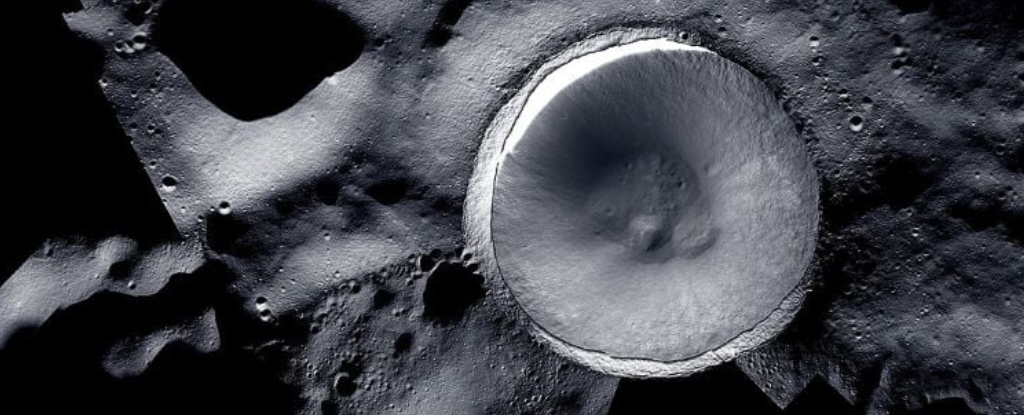Moon’s Shadows Could Harbor Microbes

Image: NASA-KARI-ASU
A recent study presented at the 56th Lunar and Planetary Science Conference suggests that the Moon’s permanently shadowed regions (PSRs) could preserve microbial life for extended periods. These PSRs, located at the lunar poles, remain devoid of sunlight due to the Moon’s minimal axial tilt. The research focused on two specific craters, Shackleton and Faustini, both identified as potential landing sites for upcoming Artemis missions.
Dr. John Moores, associate professor at York University and lead author of the study, explained that the extreme cold and darkness of these PSRs create one of the most protective environments in the Solar System for microbes typically found on spacecraft. While these microorganisms cannot metabolize or grow in such conditions, they may remain viable for decades until their spores are eventually destroyed by the vacuum of space. Additionally, the organic molecules constituting these cells could persist even longer.
The findings highlight the importance of planetary protection protocols as human exploration of these regions advances. Understanding the potential for microbial preservation in PSRs is crucial for preventing contamination and for assessing the Moon’s capacity to harbor life.







